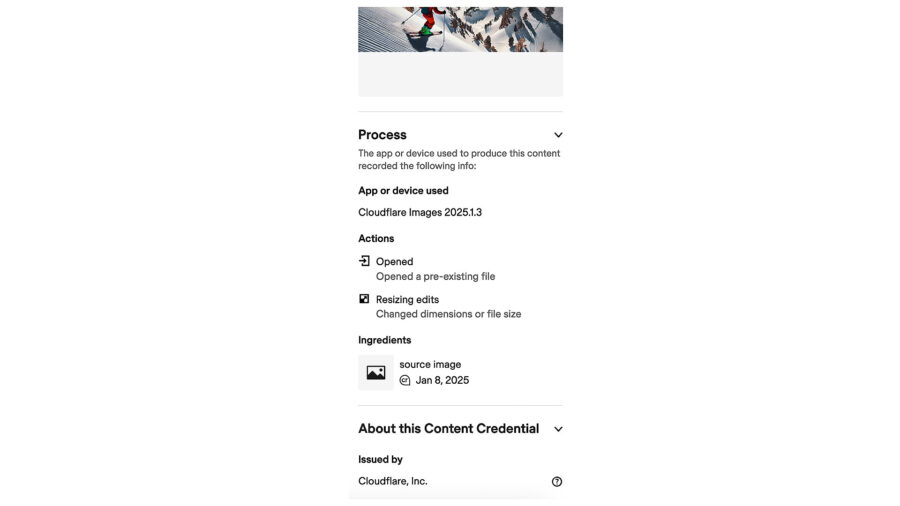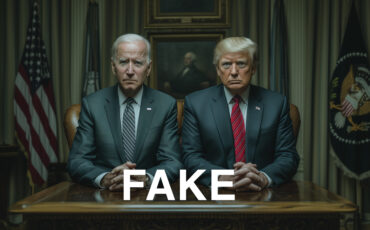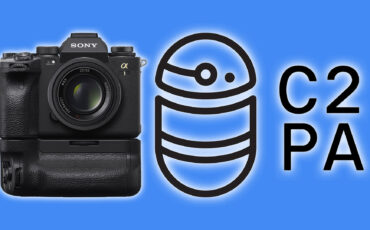
Cloudflare has joined the Content Authenticity Initiative (CAI) to help track image authenticity on the web and ensure the preservation of creator attribution with Content Credentials. The company is a leading provider of secure cloud connectivity and content delivery and is utilized by nearly 20% of websites on the internet.
CAI was co-founded in 2019 by Adobe and helps keep track of digital media authenticity and preserve creator attribution. Members include camera manufacturers such as Canon, Leica, Nikon, and Sony, as well as Google (with SynthID), Getty, the Wall Street Journal, BBC, AP, Shutterstock, Truepic, OpenAI, Microsoft, NVIDIA, Qualcomm, and other high-profile companies.
The Coalition for Content Provenance and Authenticity (C2PA) is a non-profit based in Washington. They create open-source standards that combine the work of CAI and Project Origin to help keep track of the authenticity of an image, video, and other digital media. This includes who created it and whether or not it was edited in any way thereafter. In this case, if any sort of manipulation was performed, including generative AI tools, or if the digital media is a deepfake. It ensures the creator doesn’t lose their credentials, i.e., someone trying to claim an image or video clip as their own.

How Cloudflare will utilize Content Credentials
Cloudflare is integrating Content Credentials (via C2PA) into their Cloudflare Images, an end-to-end and scalable image pipeline solution. It preserves the credentials and information of images.
Philip Bloom's Cinematic Masterclass
For example, if you take a picture using a camera with C2PA standards and upload it to a site using Cloudflare Images, you can click “Preserve Content Credentials.” Information such as the camera model, settings (aperture, ISO, shutter speed, etc.), original image size, and more, can be included. The Content Credentials are stored via JUMBF (JPEG Universal Metadata Box Format).
Cloudflare Images also allows for image resizing or transformation, and any changes are automatically added to the Content Credentials. The image’s original and new sizing information will be notated. The signing will include the camera manufacturer and Cloudflare if it was edited with Cloudflare Image. If any generative AI was performed to manipulate the image, like adding a UFO to a photo, the Content Credentials would reflect that.
To check the credentials, authenticity, and any edits performed, Adobe has a Content Authenticity web-based tool and is also available as a Chrome browser extension.
While these tools and standards are great for creators, it’s always good to remain vigilant with your content. As my colleague Omri wrote, not everyone will go along with those standards.
Are you working with any authentication tools that utilize C2PA, including Google’s SynthID AI detection tool? What are your thoughts on Cloudflare adopting Content Credentials? Please let us know in the comments below.





























